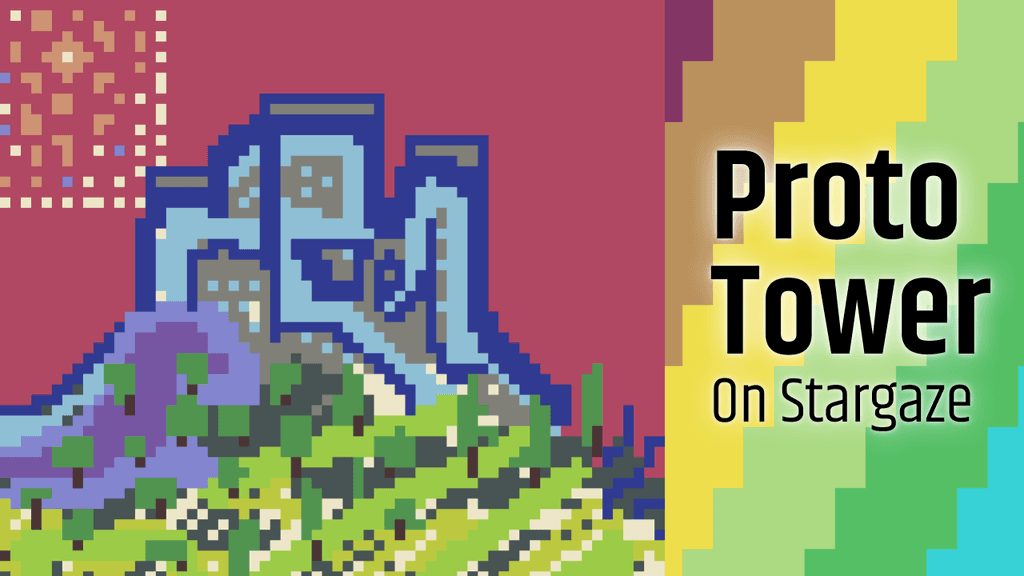Overview
Flare is a Layer 1 blockchain platform that aims to expand the utility of blockchain technology by offering developers decentralized access to high-integrity data from various sources, including other blockchains and the internet. This capability enables the creation of decentralized applications (dApps) with new use cases and monetization models, allowing them to serve multiple chains through a single deployment. Flare is Ethereum Virtual Machine (EVM) compatible, facilitating the deployment of Solidity-based applications.
Core Protocols
Flare Time Series Oracle (FTSO)
The Flare Time Series Oracle (FTSO) provides highly decentralized price and data feeds to dApps on the Flare network without relying on centralized providers. It utilizes a network of independent data providers who submit price estimates, which are then weighted and averaged to deliver reliable data to the network. This system ensures that dApps have access to accurate and timely information, enhancing their functionality and reliability.
Flare Data Connector
The Flare Data Connector enables the secure and trustless integration of external blockchain and internet data into smart contracts on Flare. It allows for the querying of verifiable, non-changing information, such as blockchain or geographic data, from outside the Flare network. This integration facilitates the development of dApps that can interact with real-world data, broadening the scope of potential applications on the platform.
FAssets System
The FAssets system is designed to bring non-smart contract tokens, such as Bitcoin (BTC), Dogecoin (DOGE), and XRP, onto the Flare network, enabling them to interact within Flare’s ecosystem in a secure and decentralized manner. This system acts as a bridge, providing smart contract capability to these tokens and allowing them to participate in the DeFi ecosystem on Flare.
LayerCake
LayerCake is Flare’s bridging solution that simplifies the integration of diverse blockchain ecosystems. It enables developers and users to seamlessly and securely leverage assets across platforms, addressing core vulnerabilities of existing bridging approaches. LayerCake aims to enhance cross-chain interoperability, facilitating the transfer of assets and data between different blockchain networks.
Governance
Flare’s governance framework allows both the Flare Foundation and community members to propose and vote on policy changes. This collaborative decision-making process is integral to the network’s decentralization. Proposals can be initiated by the community or the Flare Foundation, with specific procedures for each type. This structure ensures that the development and evolution of the network are guided by a diverse set of stakeholders, promoting transparency and inclusivity.
Tokenomics
The native token of the Flare network, FLR, serves multiple functions:
-
Staking: FLR can be staked to validator nodes to provide network security through proof-of-stake consensus.
-
Delegation: Token holders can delegate FLR to the FTSO to support the provision of reliable decentralized data.
-
Governance: FLR holders can participate in network governance by voting on proposals.
-
Transaction Fees: FLR is used to pay transaction fees, preventing spam attacks on the network.
The total initial supply of FLR was 100 billion tokens, with a public distribution plan that includes an initial airdrop and subsequent monthly distributions over 36 months. This distribution strategy aims to incentivize participation and ensure a wide distribution of tokens among users.
Development and Ecosystem
Flare provides a developer-friendly environment with comprehensive documentation and tools to facilitate the building of dApps. The network’s unique data acquisition protocols enable developers to create applications that can access a wide range of decentralized data, fostering innovation across various sectors, including decentralized finance (DeFi), gaming, and real-world asset tokenization. Flare’s ecosystem is continually expanding, with numerous projects and partnerships contributing to its growth and development.










